

With the continuous development of the logistics industry, improving transportation efficiency has become the goal pursued by enterprises. Logistics automation is one of the important means to achieve efficient transportation. In automated logistics systems, conveyors play an important role as one of the core equipment.
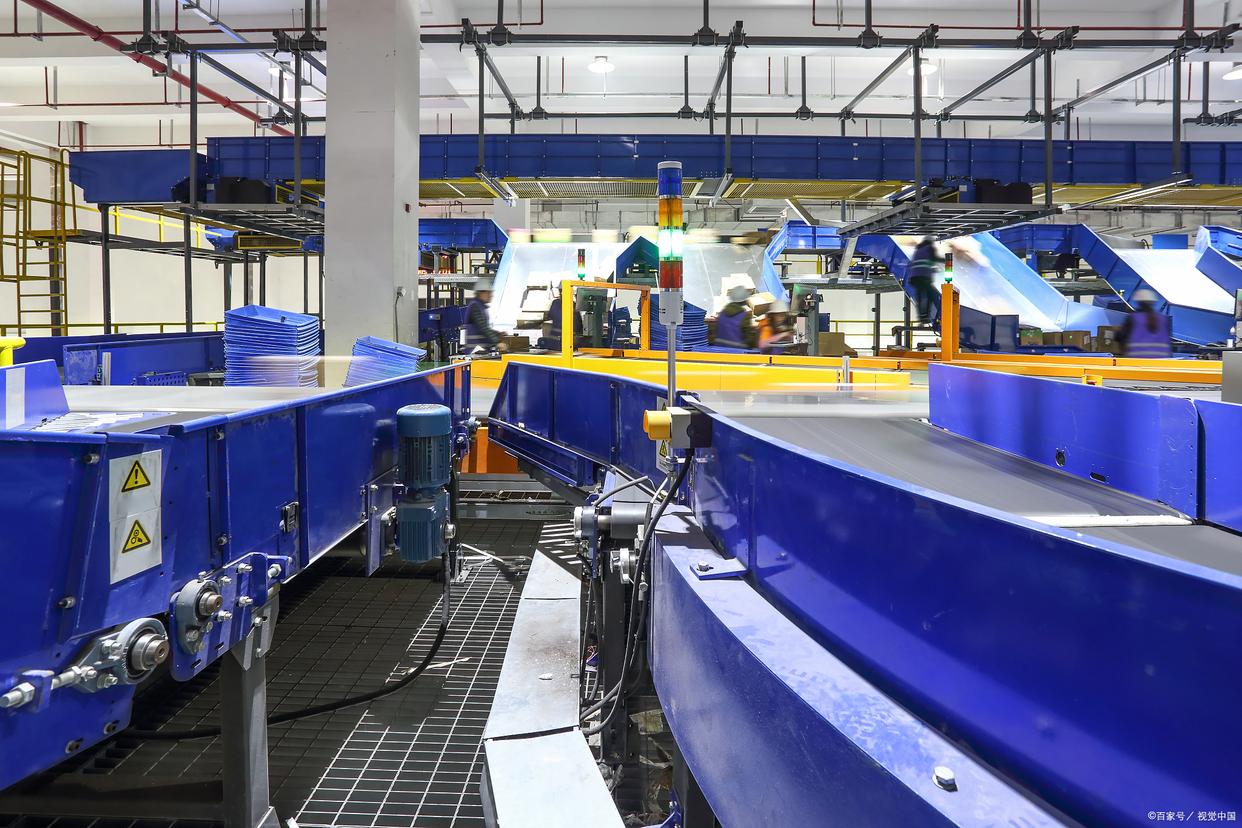
Firstly, the conveyor can achieve fast, continuous, and stable transportation of items. Compared to traditional manual handling, conveyors transport items in a mechanized manner. Whether it is light packages or heavy goods, they can be stably transported and transferred on the conveyor. The characteristic of continuous transportation not only improves transportation efficiency, but also reduces labor costs and intensity.
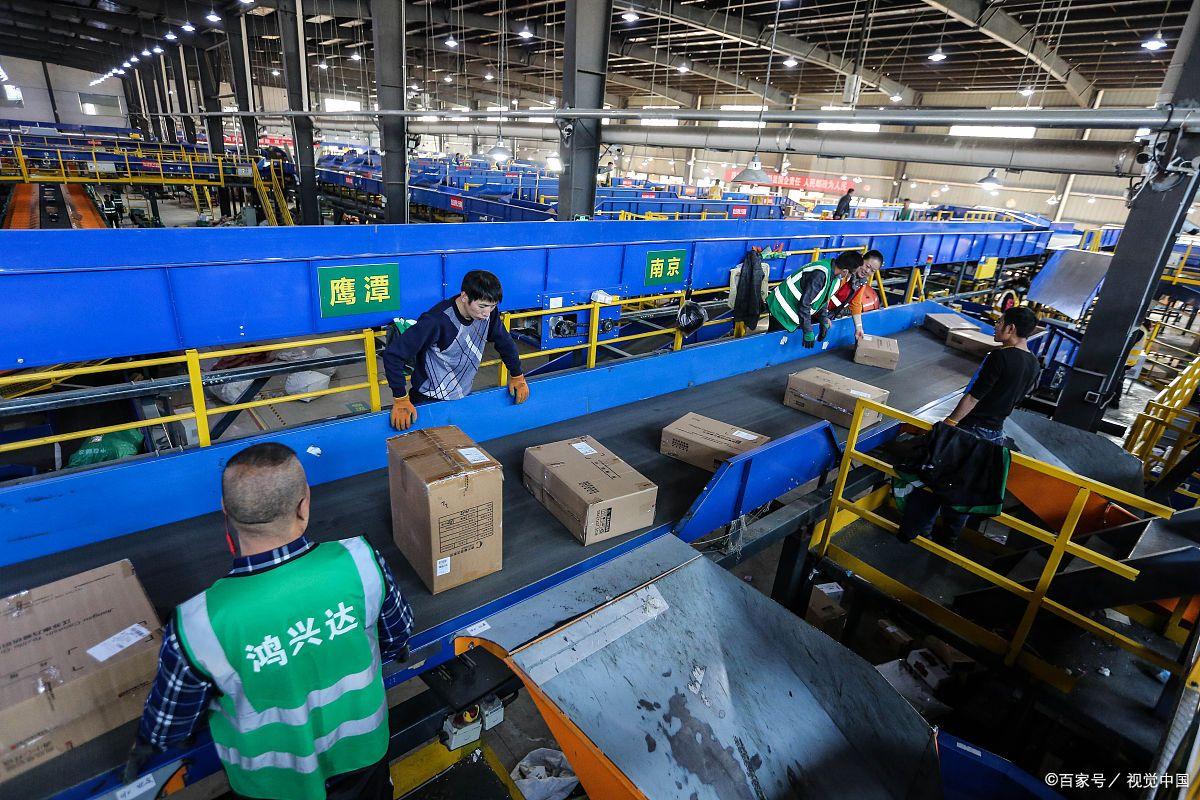
Secondly, conveyors can be connected to other equipment and systems in logistics automation systems to achieve fully automated item handling and transfer. Through coordination and cooperation with warehousing systems, sorting systems, packaging systems, etc., conveyors can automatically complete tasks such as conveying, sorting, and loading of items in different stages. This not only reduces human intervention, but also improves the accuracy and consistency of logistics processes, further improving transportation efficiency.
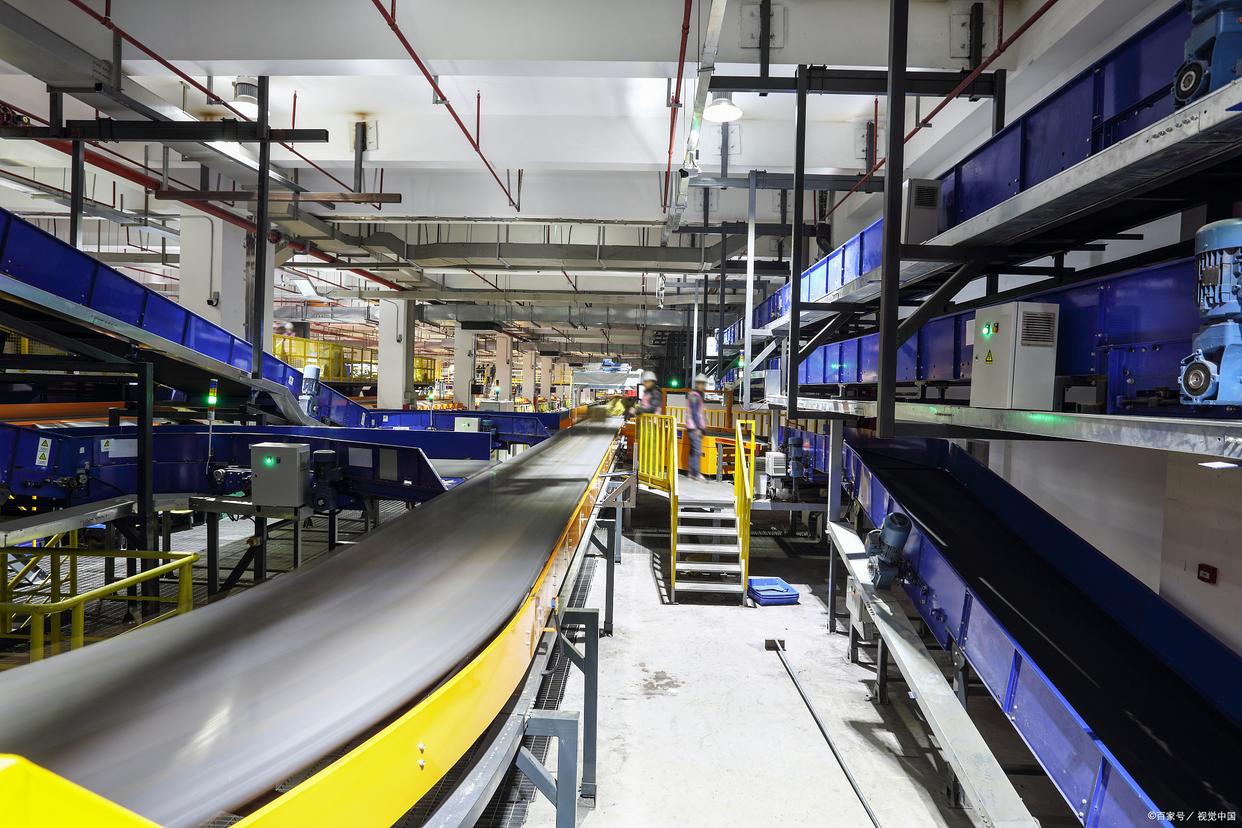
In addition, the conveyor can also be customized and configured according to different item characteristics and transportation needs. According to the size, weight, shape and other characteristics of the item, different types of conveyors can be selected, such as drum conveyors, chain conveyors, belt conveyors, etc., to meet the transportation needs of different items. In addition, the design and layout of the conveyor line can be carried out according to specific layout and spatial requirements, in order to maximize transportation efficiency.
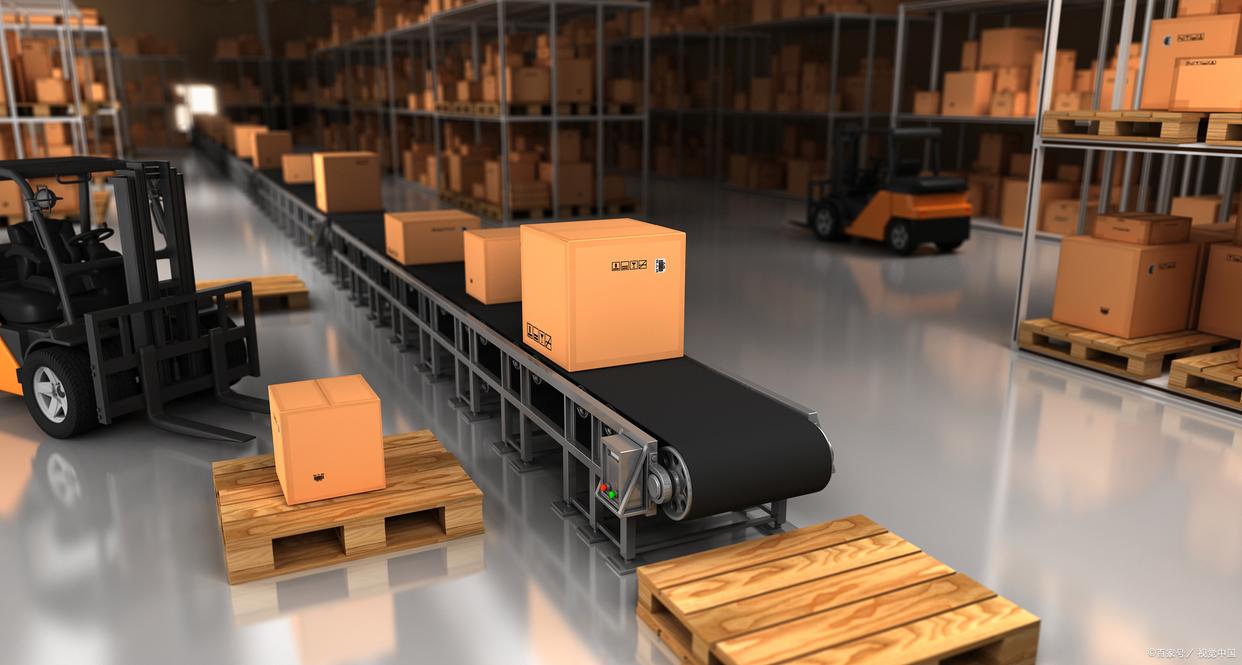
In addition, the conveyor can achieve real-time monitoring and tracking of the conveying process through the application of automated control systems. Through sensors and intelligent control technology, it is possible to monitor the status of items, such as position, speed, operation, etc., and achieve visual management of the logistics process. This not only improves the safety and reliability of transportation, but also facilitates operational analysis and optimization adjustments of the entire logistics system.
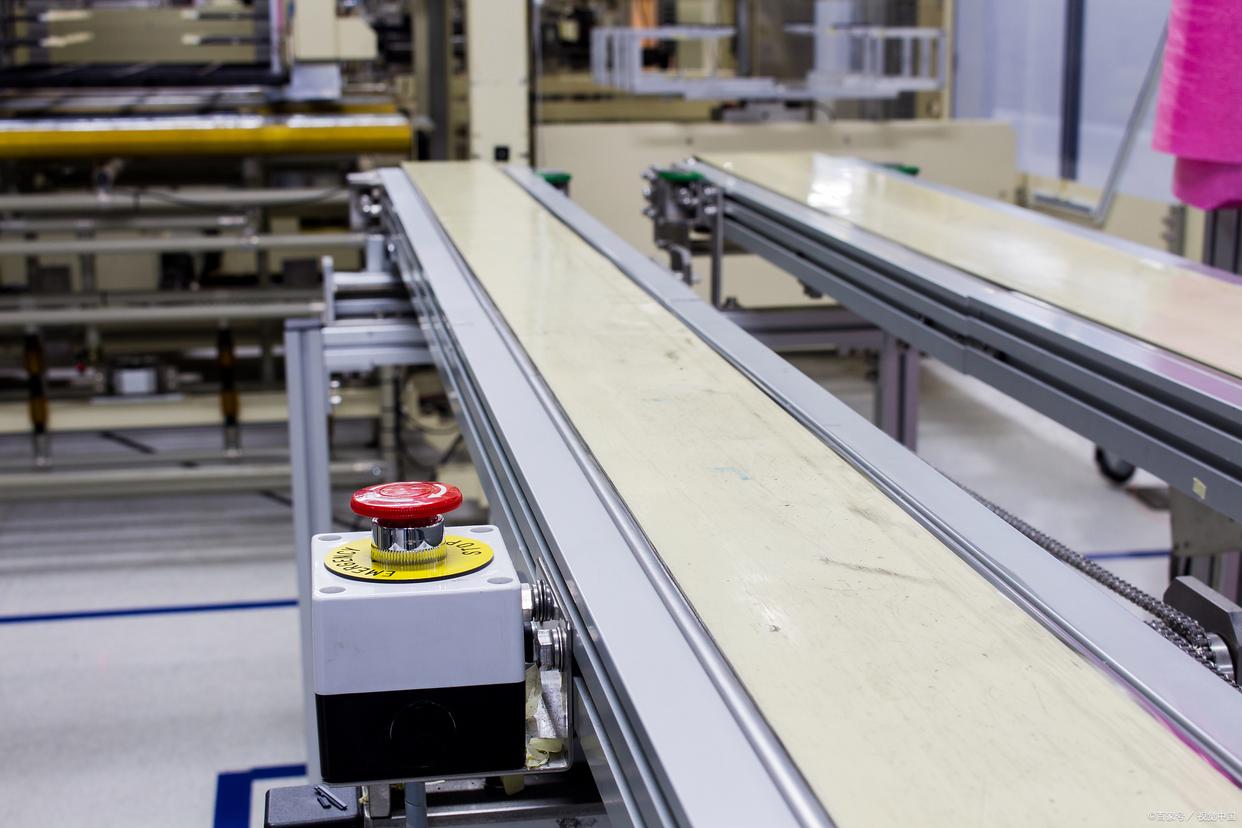
The use of conveyors to achieve logistics automation can greatly improve transportation efficiency. The fast, continuous, and stable transportation characteristics of conveyors, as well as the coordination and coordination with other equipment and systems, customized design and configuration, and the application of automation control systems, have all brought enormous convenience and benefits to the logistics industry. In the future, with the continuous innovation and progress of technology, logistics automation will further develop, providing enterprises with more efficient and reliable transportation services.
 Replace
Replace